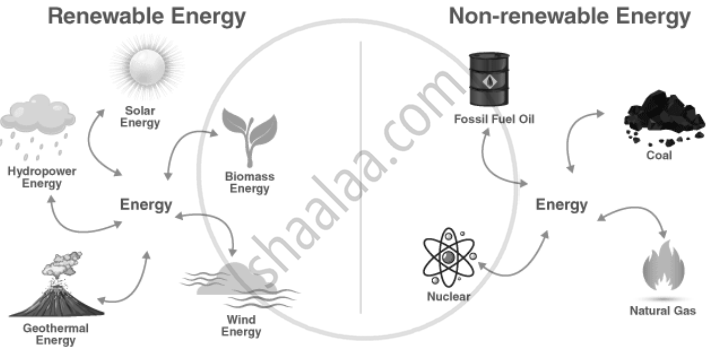Topics
Natural Resources – Air, Water and Land
- Natural Resources
- Atmosphere and Its Layers
- Air Around Us
- Composition and Components of Air
- Importance of Air
- Air Pollution and Its Causes
- Water: Our Lifeline
- Availability of Water
- Composition of Water
- Importance of Water
- Scarcity of Water
- Land
- Soil Formation
- The Importance of Conserving Earth’s Natural Resources
The Living World
Diversity in Living Things and Their Classification
Disaster Management
Substances in the Surroundings –Their States and Properties
Substances in Daily Use
Nutrition and Diet
- Nutrients and Nutrition
- Component of Food
- Carbohydrates
- Diseases Due to Deficiency of Carbohydrates
- Fats (Lipids)
- Diseases Due to Deficiency of Fats
- Proteins
- Diseases Due to Deficiency of Proteins
- Vitamin and Minerals
- Diseases Due to Deficiency of Vitamin
- Diseases Due to Deficiency of Minerals
- Fibre
- Diseases Due to Deficiency of Fibre
- Water
- Diseases Due to Deficiency of Water
- A Balanced Diet
- Nourishment and Malnutrition
- Food Adulteration
Our Skeletal System and the Skin
Motion and Types of Motion
Force and Types of Force
Work and Energy
- Force, displacement and work
- Energy
- The relationship between work and energy
- Forms of Energy
- Mechanical Energy
- Heat Energy (Thermal Energy)
- Light Energy
- Sound energy
- Chemical Energy
- Transformation of Energy
- Energy Resources
- Conventional energy resources or non-renewable energy resources
- Non-conventional energy resources or renewable energy resources
- Energy saving and green energy
Simple Machines
Sound
Light and the Formation of Shadows
Fun with Magnets
The Universe
- Sources of Energy
- Difference between Renewable resources and Non-renewable resources
Sources of Energy
Energy sources can be grouped into two main categories:
1. Renewable sources
- Renewable energy sources are abundant in nature and can be used repeatedly without running out. These resources naturally replenish over time and are environmentally friendly.
- Examples include solar power, geothermal energy, wind power, biomass, hydropower, and tidal energy.
2. Non-renewable sources
- Non-renewable energy sources are natural resources found beneath the Earth's surface. They take millions of years to form and are consumed much faster than they can be replaced. These resources do not replenish at the rate they are used.
- Examples include natural gas, coal, petroleum, nuclear energy, and hydrocarbon gas liquids.

Difference between Renewable resources and Non-renewable resources
| Renewable Resources | Non-renewable Resources |
| It can be used again and again throughout its life. | It cannot be used repeatedly as it is limited and can be depleted one day. |
| They are energy resources that cannot be exhausted. | They are the energy resources that can be exhausted in one day. |
| It is environmentally friendly as the amount of carbon emissions is low. | It is not environmentally friendly as the amount of carbon emissions is high. |
| These resources are present in unlimited quantity. | These resources are present in a limited quantity only. |
| The total cost of these resources is low. | The total cost of these resources is comparatively high. |
| These resources are pollution-free. | These resources are not pollution-free. |
| The maintenance cost of the renewable resources is very high. | The maintenance cost of the renewable resources is low. |
| A large land area is required for the installation of the power plant. | It requires less land area for the installation of the power plant. |
| It is sustainable | It is exhaustible |
| The rate of renewal is greater than the rate of consumption. | The rate of renewal is lower than the rate of consumption. |
| Causes no harm to life existing on the planet Earth. | Emissions into the environment that adversely affect the health of humans include smoke, radiation, carcinogenic elements, and cancer-causing elements. |
| Sunlight is an example of a renewable resource. | Coal, petroleum, natural gases, and batteries are non-renewable resources. |
If you would like to contribute notes or other learning material, please submit them using the button below.
